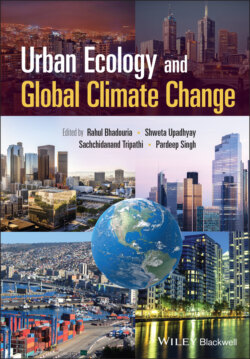Читать книгу Urban Ecology and Global Climate Change - Группа авторов - Страница 32
1.5.3.3 Green Building
ОглавлениеThe built infrastructures utilise massive amount of resources and energy and produce substantial amount of waste products and GHGs emission as the output (Singh and Raghubanshi 2020). In this view, the U.S. Green Building Council's (USGBC) Leadership in Energy and Environmental Design (LEED) has launched a certification programme in 2000 with the aim ‘to develop and encourage green building expertise across the entire building industry’ (www.usgbc.org). The LEED programme is one of the key certification programmes for developing site‐specific building strategies and promoting the native plant diversity and water body conservation (Steiner 2014). This programme has four levels of certification, viz. certified, silver, gold, and platinum, depending on the credits received by a building project for six different categories which are: sustainable sites, water efficiency, indoor air quality, energy and atmosphere, innovation and the design process, and material and resources (Steiner 2014). Thus, the green buildings are the new initiatives launched by different agencies for the sustainable urban development and climate change adaptations. A few green building programmes viz. LEED India and the Green Rating for Integrated Habitat Assessment (GRIHA) in India are the two major certification programmes launched for regulating the infrastructure development and promoting sustainable building construction in India. Such programmes are working in congruence with the laws of the State and Central Governments of India (Singh and Raghubanshi 2020). Overall, researches on cost‐effectiveness of green buildings and the benefits arising from them need to be scrutinised further in different regions of the world in view of climate change mitigation.
